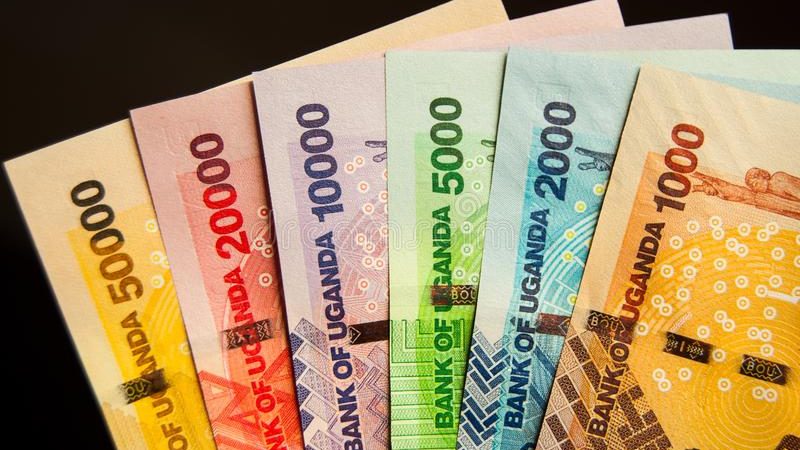The Ugandan shilling remained stable against the dollar throughout the week, supported by strong inflows from commodity exporters and remittance firms, which outpaced corporate demand.
By Friday morning, the local currency was trading at 3668/3678, strengthening from the week’s opening levels of 3677/3687. In the near term, we expect the shilling to remain range-bound between 3660–3700, with commodity flows continuing to provide support.
The Bank of Uganda maintained the Central Bank Rate (CBR) at 9.75%, in line with market expectations. However, the central bank slightly revised inflation forecasts upward, citing increased global uncertainty. Earlier in the week, government cash releases helped ease liquidity conditions in the money markets, with overnight and one-week rates averaging between 11.00% and 11.775%.
According to Richard Nsubuga, Trader at CIB Markets, Absa Bank Uganda, the U.S. dollar index held steady around 107.7 on Friday as traders awaited the much-anticipated monthly jobs report, which could influence the Federal Reserve’s monetary policy outlook. Markets were forecasting nonfarm payroll growth of 170,000 for January.
In the UK, the Bank of England implemented a 25-basis-point rate cut on Thursday, bringing the policy rate to 4.5%. As a result, the British pound weakened by 1%, trading at $1.2350 (Shs 4,542). The central bank signaled that future rate cuts would be gradual and measured.
Gold prices surged towards $2,870 (Shs 10,556,597) per ounce on Friday, climbing back to record highs. The rally was driven by increased central bank purchases and safe-haven demand, amid heightened global trade tensions and economic uncertainty.
Meanwhile, West Texas Intermediate (WTI) crude oil futures traded at $70.7 (Shs 260,052) per barrel, marking a third consecutive weekly decline. The drop followed U.S. President Donald Trump’s reaffirmation of plans to boost U.S. oil production, aimed at driving crude prices lower. His comments came amid rising concerns over excess supply, following a sharper-than-expected increase in U.S. crude stockpiles.
















